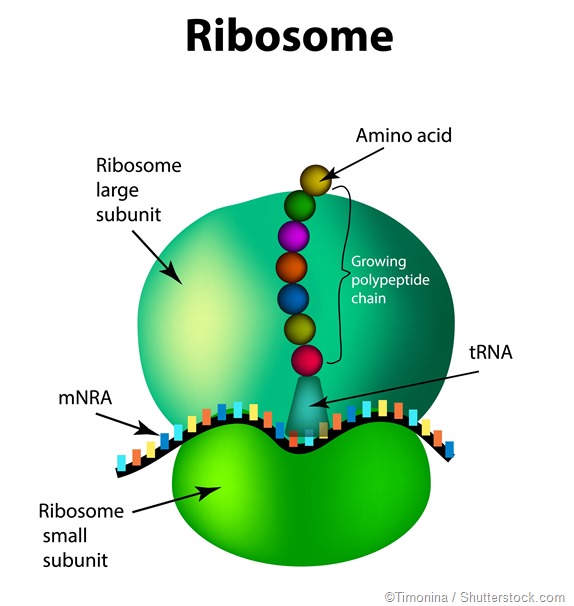The Chloroplast, the Backbone of the Plant Cell
Have you ever wondered why plants are green? Must be something important for it to be so common, right?
HECK YEAH IT'S IMPORTANT!
Plants are green because green is the natural colour of chlorophyll, found in the chloroplast. Why is the chloroplast so important? It supplies energy to the rest of the cell, that helps keep every other cell alive. The chloroplast is like the farmer of the cell, no other cells could do their job without the chloroplast to harvest the raw energy. How does the chloroplast get energy? Through a process called photosynthesis.
Photosynthesis is a process in which carbon dioxide and water, fueled by sunlight is turned into oxygen and glucose (sugar). The glucose is turned into ATP by the mitochondria, which is used as energy by the cell. You see, without the chloroplast there would be no glucose, and therefore no energy.
Britannica, T. E. (2017, December 27). Chloroplast. Retrieved from https://www.britannica.com/science/chloroplast
Chloroplast. (n.d.). Retrieved from https://www.sciencedaily.com/terms/chloroplast.htm
Britannica, T. E. (2017, December 27). Chloroplast. Retrieved from https://www.britannica.com/science/chloroplast
Chloroplast. (n.d.). Retrieved from https://www.sciencedaily.com/terms/chloroplast.htm
In conclusion, the chloroplast is the most useful cell because it is the source of all energy in the cell. Without it, all other cells would be useless.
References
Britannica, T. E. (2017, December 27). Chloroplast. Retrieved from https://www.britannica.com/science/chloroplast
Chloroplast. (n.d.). Retrieved from https://www.sciencedaily.com/terms/chloroplast.htm
Photosynthesis. (n.d.). Retrieved from http://www.rsc.org/Education/Teachers/Resources/cfb/Photosynthesis.htm




















